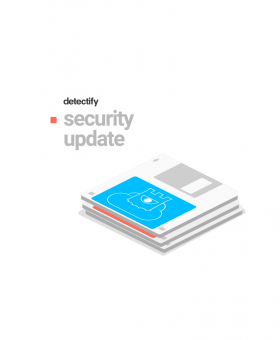Abuse MITM possible regardless of HTTPS
Almost ten years ago Firesheep made the news. Security people had known for years the danger of public WiFi-networks, but it was not until someone made a user-friendly Firefox extension out of the idea until it really got people’s attention. Since then a lot has happened to the web, so would something like that still be possible?









